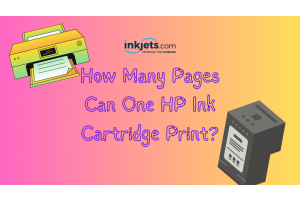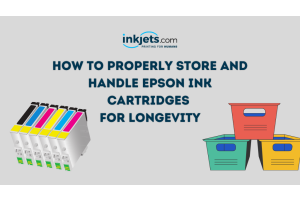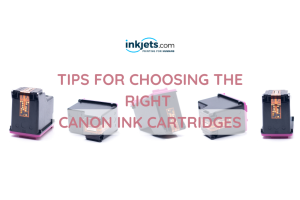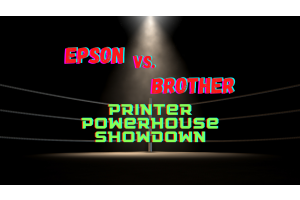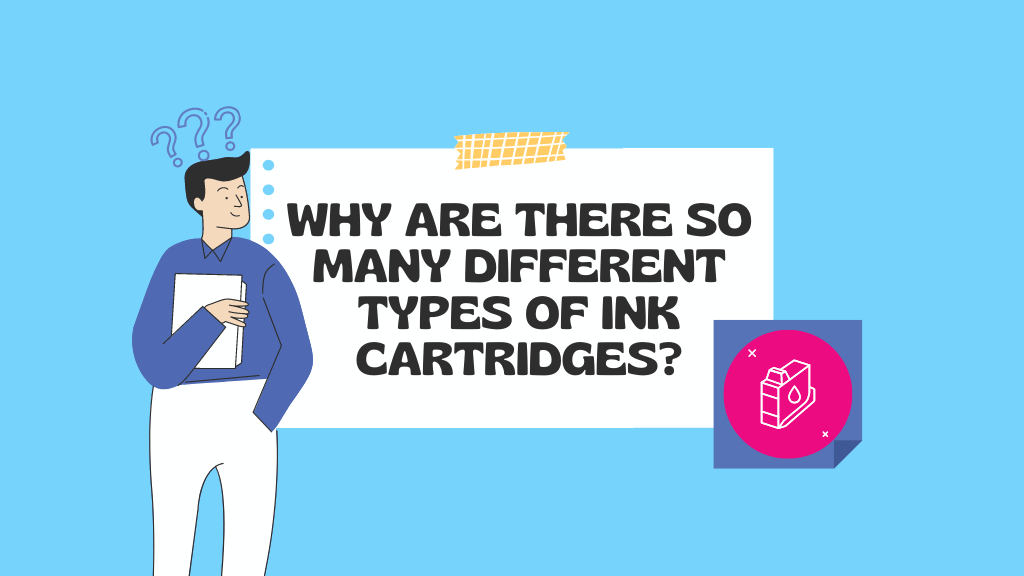
Article last updated March 7, 2023
We've all been to the store and forgotten what ink we needed. Was it the HP 61 or the HP 62? Despite being only a single number apart, the differences between the two ink cartridges are enormous. There appear to be so many different printer ink products available for seemingly no reason. There are numerous variants of standard HP ink cartridges, such as HP 61, HP 62, HP 63, HP 64, and HP 65. It reminds you of a series of bad film sequels. But how distinct are these cartridges from one another?
Because they all perform the same function, why would you require such a specialized ink cartridge to print something? The simple explanation is that different printer models use ink cartridges that are specifically designed for them. Furthermore, some printers are better suited to specific projects than others and may use a different type of ink, so this is not a one-size-fits-all situation. There's a lot that goes into ink cartridges that may seem strange at first but begins to make sense as you delve deeper into the reasoning behind this.
Difference between remanufactured and compatible ink
Enhancing the Formula
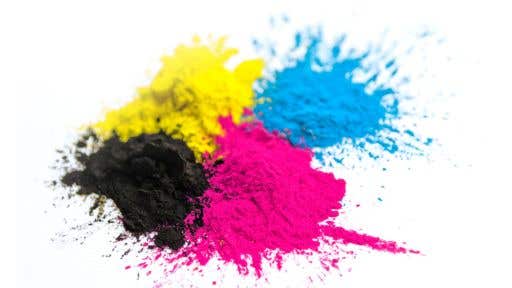
As you are probably aware, all products evolve over time to improve themselves. Change is constant, especially with products that have been manufactured for decades. Manufacturers strive to improve their product and performance in any way they can. Every year, millions of dollars are invested in research and the advancement of ink technology.
A great deal of scientific research goes into creating such high-quality ink. We've seen a rapid evolution of more potent printer ink being produced as a result of a slew of tests that push the boundaries of ink capabilities. Newer ink technology may specialize in drying faster than older ink technology.
You may believe that the sole purpose of a printer cartridge is to print. Still, there are numerous behind-the-scenes operations such as ink flow, drying speeds, color variations, and other critical features that improve product quality. Every few years, improvements will be released to improve the overall quality of the print.
Printing Expectations
We understand that not all ink is created equal; there are various types of inks for various purposes. Some may prioritize the number of pages they can print, whereas others who print photos frequently sacrifice quantity for higher quality prints. Canon printer ink, for example, is an excellent choice for photo printing. Specialty printing accounts for a sizable portion of the ink market. For example, dye-based ink and pigment-based ink are the two types of inks used in inkjet printers.
Although they are both black, the inks have very different properties. Pigment-based ink is used for sharper and more precise printing results, such as photos or posters. Pigment-based inks last longer in harsh environments; they fade less in sunlight and are more resistant to elements such as rain and snow. They produce higher quality and are typically more expensive than dye-based counterparts.
Dye-based ink, on the other hand, lacks the accuracy of pigment-based ink and cannot print pixel-perfect lines. However, where it falls short in terms of quality, it compensates by producing more vibrant colors. Dye-based ink can simulate more realistic color schemes and has a higher vibrancy. When compared to pigment-based ink, it can also print much more and handle a greater workload per cartridge.
When considering page performance, printer cartridges can be further subdivided. There is a standard yield that prints a reasonable number of pages before needing to be replaced and is adequate for those who do not print frequently. There are also High-Yield ink cartridges that print up to twice as many pages as standard cartridges. With all of these different types of printer ink, it's difficult to find a single formula that will please everyone.
More difficult to imitate
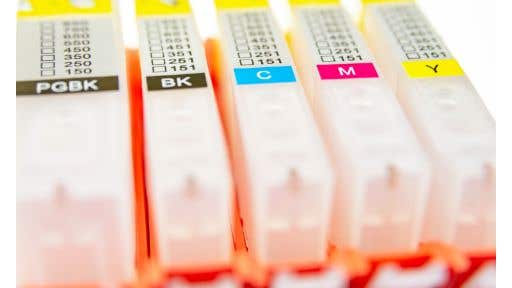
They say imitation is the sincerest form of flattery, but printer ink manufacturers disagree. It's difficult to say definitively, but evidence suggests that the massive number of cartridge types are produced to discourage third parties from copying them.
Having a single type of ink cartridge makes it easier for third-party manufacturers to imitate the product, so it makes sense for printer manufacturers to keep releasing new products. On the other hand, having to deal with hundreds of different ink cartridges causes a lot of confusion for the consumer.
Compatible printer cartridges are slightly different in shape and do not infringe on any intellectual property of the original brands. Having said that, they function exactly like the original, albeit at a much lower cost. When a new original cartridge is released, there is almost no competition from other third-party markets. Third-party ink manufacturers need months to design and replicate the new cartridge. This encourages original manufacturers to release new models rather than support older ones.
Return Procedures
We understand how perplexing ink cartridge names can be, and we understand that there may be some confusion when purchasing what you require. Let's say you buy the wrong ink cartridge; there's usually no warranty or return policy that allows you to get your money back or even return them.
While there is no conclusive evidence linking return policies to an additional revenue stream, every incorrect cartridge purchased and unable to be returned is still a sale. It's unclear whether this is a result of having a plethora of cartridge types, but it does happen quite frequently. That is why, before making a purchase, you should always check your return policies.
It is infuriating because you never know if the ink cartridge you purchased will fit inside your printer until you open the package. Items that have been opened may be subject to a no-refund policy. Some people prefer to buy printer ink in bulk. Making matters worse is the inability to return a product after a certain period of time has passed, even if it is factory sealed.
Conclusion
There are numerous types of printer ink available to meet specific requirements. Some allow you to print more, while others focus on photorealistic quality. There is also a strong emphasis on improving ink formulas using the most recent technology and research. Aside from the printing purpose, the majority of the other reasons are monetary in nature. We all know that money talks, and that is sufficient reason for any manufacturer to continue producing an increasing variety of printer cartridges.



